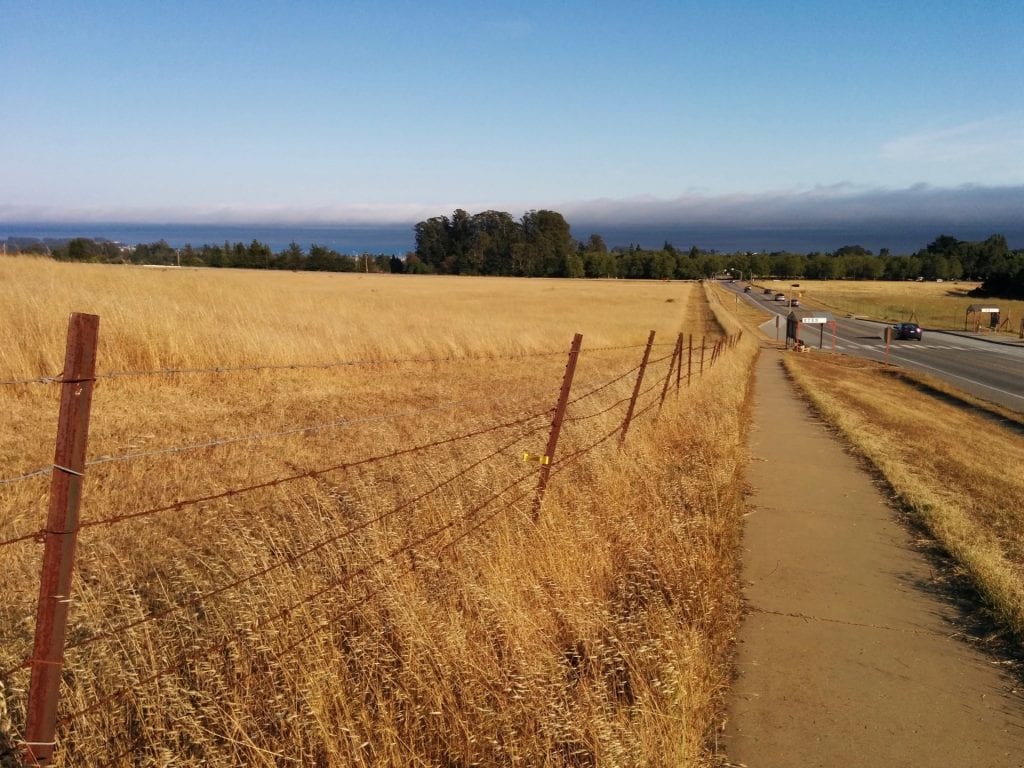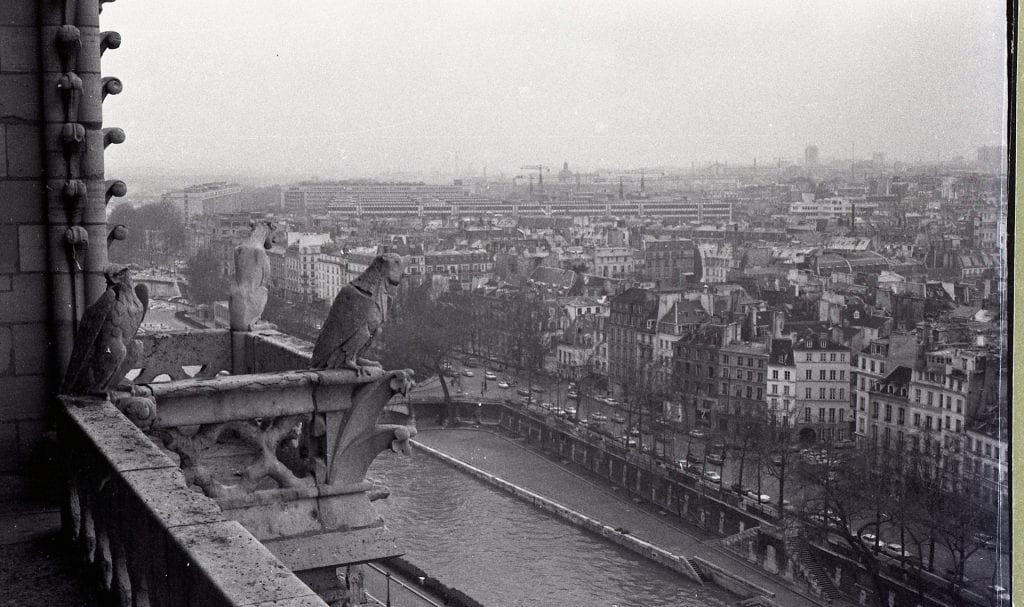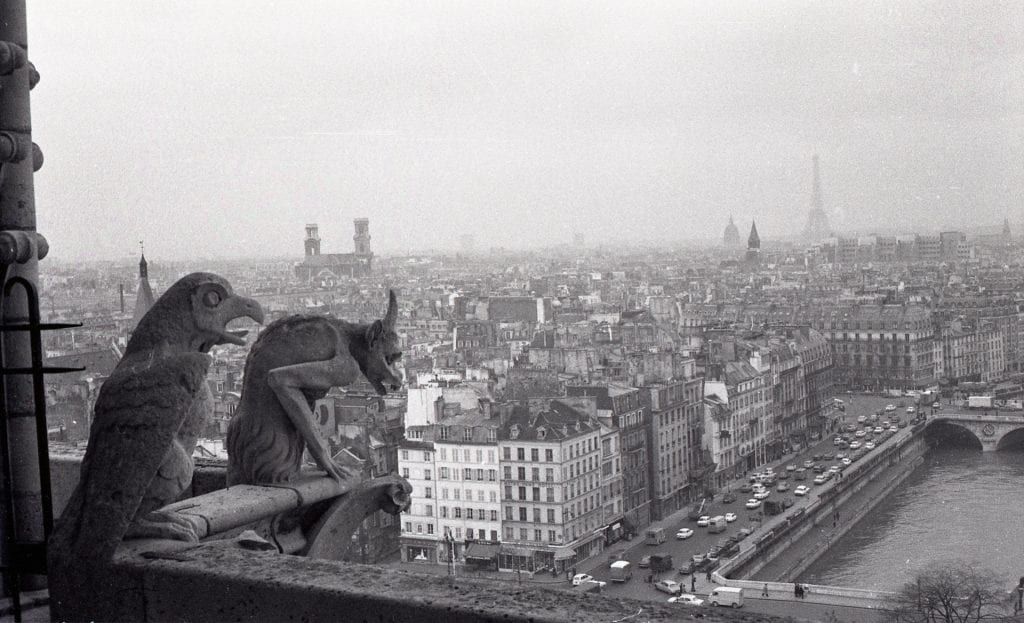Bullying constitutes the whole being of the current US president. The group of 20 is meeting in Japan today and none of the chiefs of state is ready to go public and take on a paper tiger who would collapse immediately if unanimously or near unanimously confronted. He doesn’t attack Putin or other dictators, understandably, as they are also calculating bullies who have no moral status fit to be brought down. The whole exercise is about seeing how low heads of state and US representatives can stoop. We the reality-show viewers and media readers are playing the frantic or phallically-fascinated crowd. This red-tie or fascinus doesn’t protect against envy or evil eye, it multiplies it. It might not be enough in 2020 or 2024 to ban the memory of this era with some form of damnatio memoriae because our capacity to exercise moral judgment will have already sunk so low.
Category Archives: General
war again
The United States government has been provoking Iran and the Shi‘a world since last year. War is becoming a distinct possibility, and US authorities are taking steps to make sure it happens. Bolton et al have unfinished business. Their destruction of Iraq propped up Iran as the default regional power. Iraq didn’t become a miraculous democracy that could keep Iran in check again. So, bombs away is the cry, once more. The saber rattling began a year ago with the withdrawal from the treaty signed by Obama and European powers over the development of nuclear fuel in Iran. It continued with the US blacklisting over a month ago of the Iran’s Revolutionary Guards as a terrorist organization. Worse, economic war has been resumed regarding oil and any industrial contract by threatening financial retaliation against any nation continuing to trade with Iran. This was mostly directed at China, in practice, as China has been signing large contracts with Iran. But it seems that the US—and this is another provocation against Iran—has arranged for a thirty-year prospection and development contract in southern Iraq oil fields by Exxon and Petrochina. Smaller provocations followed this week: sending of a naval group into the Gulf; declarations that 120,000 troups could be sent to the area, a so-called impromptu visit last week (Monday) by Secretary of State Pompeo to Iraq (a mostly shi`a government) probably wielding carrot (see above) and stick; visit yesterday to Russia, which is a temporary ally of Iran… There are also indirect provocations, such as the deliberate shameless support of the Saudi Arabia leadership in their repression of alternative voices and especially support of their war against the Houthi in Yemen. And no recognition of course that the fight against ISIS (DAESH) was led in great part by Iraqi Shiites supported by Iran, as well as no recognition that Iranian leaders are no friends of the Talibans in Afghanistan.
despondency
It is difficult not to feel despondent when thinking of the unfathomable power that presently blooms across the world in thinking, inventing, making, striving for dignity, giving meaning, while living in the leading capitalist, repressive, greedy, most militarized nation in the world. Sadness is part of the trick one needs to be aware of, as Deleuze says in his course on Spinoza (1978) on the use of that affect:
How is it that people who have power, in any field, need to affect us in a sad way? Sad passions would be necessary. To inspire sad passions is necessary for the exercise of power. And Spinoza says, in the theological-political treatise, that this is the deep connection between the despot and the priest, they need the sadness of their subjects. There, you understand that he does not take sadness in a vague sense, he takes sadness in the rigorous sense that he was able to give it […] According to Spinoza, we are manufactured into spiritual automats.
war on Iran?
Pompeo is in Europe but manages to skip pre-arranged meetings with German foreign ministers and Chancellor to fly to Iraq for four hours of meetings with Iraqi leadership. It was supposedly to warn them about any kind of coziness with Iran. Of course, it happened just hours after Iran informally announced it would withdraw from some parts of the nuclear agreement done under Obama. Iran might announce this withdrawal formally tomorrow on the anniversary of the US decision to pull out from it. It looks like Pompeo and Bolton want to make sure that Iran does withdraw from the agreement. Pompeo’s hastily arranged trip was a provocation in other words. The US White House seems bent on war with Iran and containing an enemy whose regional power rose in the vacuum created by annihilation of Iraq. Neocons’ unfinished business. One learns at the same time that Exxon and Petro-China are associated in a large oil field exploration in southern Iraq. Is that a quid pro quo to get China on the US side? The US hand looks strong at the moment, given the huge infusion of tax-free capital still playing out in the US and bolstering the consuming economy, financial deals, and real estate… Château de cartes?
triduum paschale
The fire at Notre Dame in Paris last Monday was not the only raging fire that claims attention. Friday, an opinion piece talked about the promises of money for restoration of this relic, while so many across the rich nations of the world are becoming impoverished. It was stunning to see how fast philanthropic money valves could be turned on for rebuilding Notre Dame. Some of it could flow back from fiscal paradises—money made not only on perfumes, shoes, or tshirts, but also the sale of armaments, technology, power sources, banking…. The money of great fortunes is safely squirreled away, but some of it is proclaimed readily available for the reconstruction of a place visited by 13 million people annually. Notre Dame’s magic reverberates more broadly than ever as everyone confusedly grasps after some consistence, some congruence of heart and mind, but is left only with the touch and feel of relics. What can it still possibly mean today to restart a fire in the middle of the night, light the Paschal candle from it, affix to this candle the five incense cones that figure Christ’s five wounds, and light from it all the candles brought by believers, while singing lumen Christi? Last Friday, bells went silent and statues of the messiah and saints were hidden under purple cloth that contrasted with the gloomy interiors of most churches. What can it mean to read Isaiah (“He was despised, a man of sorrows, and acquainted with grief”) or the passion story according to John?
theologies
ND de Paris: I keep thinking about a number of visits to the cathedral and how moving they were, especially when I didn’t believe any more, like most of the modern world, in the theologies that accompanied the history of such a site—from abbot Suger and kings to today’s global neoliberalism. I could think of the power plays of a Louis IX, a Louis XIV, the goddess Reason at the revolution, a Napoleon at his self-coronation, the Te Deum-s sung after major catastrophes, things that crowds could admire and even die for, but nothing that readers of the gospel could love or be faithful to. But at a free organ concert—Sunday at 18h00—, with Pierre Cochereau at the grandes orgues, there were moments of great emotion—Bach rather than Vierne would be the trigger—moments that would take the form of a loss or regret and make me think of previous generations of trusting people bent on giving meaning to their lives and transcending them, no matter the base politics of power and greed. It came as a call to my generation, a call that I still find difficult to answer, yet easy to decipher. It’s sad that the great forêt of early mediaeval wood beams that supported the roof and the spire above the nave is gone, but fortunately the stone vaults held up, firemen were quick and brave, and the inside of the cathedral or much of it survived. A monument to the ingenuity of mediaeval thinkers, architects, masons, and woodworkers who came from many nations can be rebuilt. Viollet le Duc’s nineteenth-century heritage can be reconciled to modern taste and revised with the restorations to come. More difficult to do, but as clear a decision to take as that of the reconstruction of this iconic stone vessel is the universal question of meaning of our lives. Can we respond to the faith and beauty ideals of these mediaeval ancestors in our own way? Can we steer away from systemic greed and respond to poverty, violence, solitude, and meaninglessness by taking the high road—by committing to share present global technical and economic achievements with all inhabitants of our blue planet?
Notre Dame
Here is a view of the spire that collapsed with two thirds of the roof in today’s fire at Notre-Dame de Paris. The spire had been rebuilt in oak and lead under Viollet-le-Duc in mid-nineteenth century, with new statuary at its foot.
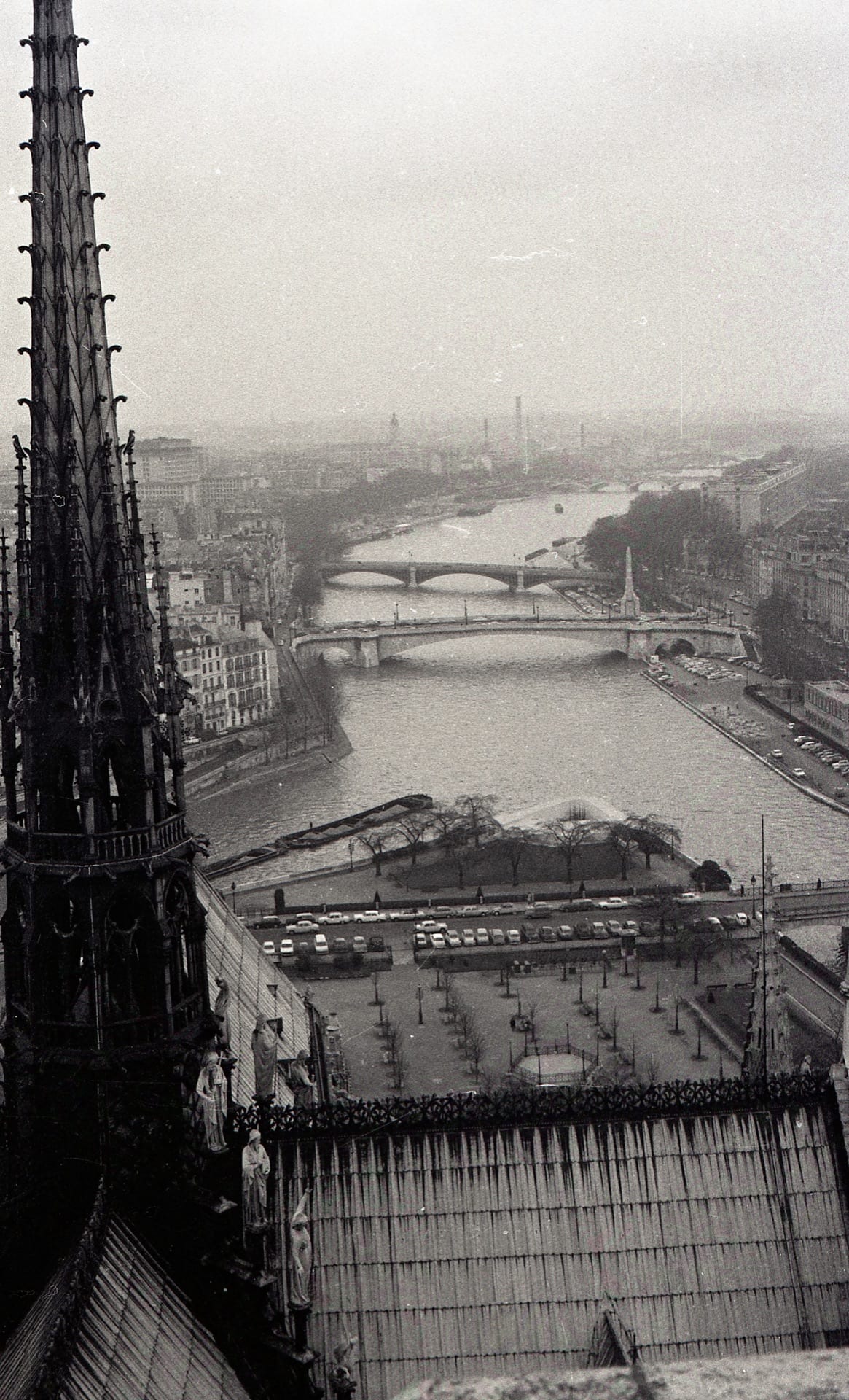
The western intrance to the cathedral often served as meeting point with family or friends, until crowds of tourists made it more difficult. One would enter through the western porch, walk along the nave toward the southern rosace, continue around the choir where some mass might be offered, and back through the northern part of the nave to exit under the buffet d’orgue rebuilt by Cavailhé-Coll in the nineteenth century. I was moved by the mystery of the place, the penumbra, the northern rose, no matter the hundreds and thousands of visitors from all over the world and the many languages spoken by people around me. And that is perhaps what was most striking: that in a world enthralled by economic success and moving fast away from the grasp of theologies, for the last two centuries, this place that had seen so many power plays could still sit like a question for tourists like me at the center of one of the great kingdoms and colonial powers of recent times. Notre-Dame de Paris can’t be separated in my mind from the much humbler sanctuaries scattered through the whole of Christendom. So, it has long been part and parcel of the development of the joined political powers of the church and monarchy. Yet, even as a ruin at the center of gleaming self-advertising modern structures, it still rises and invites reflection. Perhaps one day again, one will be able to go and listen to the great organ programs and improvisations offered every Sunday evening….
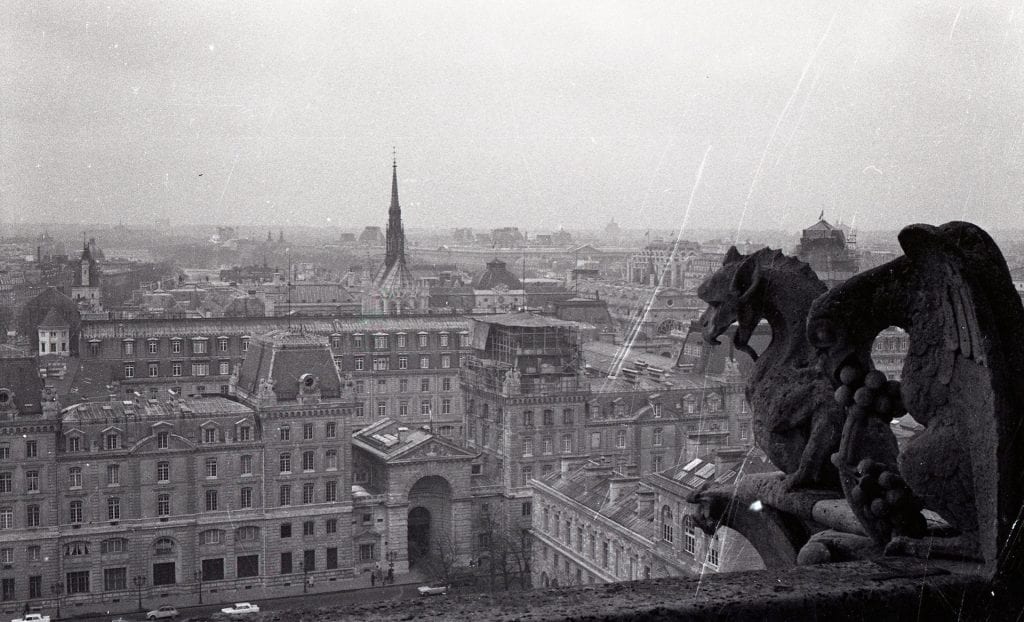
east meadow appeal
Please see the attached argument for litigation to stop the destructive development of the East Meadow at UCSC. The lawsuit aims to force the UC Administration to adopt a better strategy for bringing new student beds to campus, expanding daycare, and providing for families with children.
The East Meadow Action Committee is appealing for financial support. Please give what you can. See details below.
April 8, 2019
An Appeal for Funds to Support Legal Action to Protect the East Meadow
The undulating emerald green of the East Meadow that greets those who come to UCSC makes for a beautiful spring prospect. It is a beauty, though, now tinged with the worry that this may be the last time the meadow turns green. The university administration has stuck to its guns, and it may not be long before the meadow is lost to parking lots and pre-fab housing for those 5% of the planned beds for Student Housing West.
Despite the university’s obstinacy, we’ve been optimistic. There were, after all, many better alternatives for the desperately needed student housing, all of which could preserve the campus’s beauty and design integrity. The university’s own appointed Design Advisory Board voted unanimously against building on the East Meadow. Most of the architects and planners associated with the university for its entire history joined the opposition. The Alumni Council and leaders of the UC Santa Cruz Foundation, former trustees, over 80,000 petition signers, the Student Union Assembly, members of the city government, the hundreds who came to meetings held in the community… all joined in the resounding chorus: DON’T DESTROY THE MEADOW. Could a public university, committed to rational planning and democratic values, really ignore all that? Yet the university persisted with the plan, initially proposed by the Alabama-based developer with whom it had decided to partner for the new student housing.
The Regents meetings in January and March of this year gave more cause for hope. Former Regents testified eloquently in opposition to the project. Hadi Makarechian, the leading Regent on building issues, and a major developer himself, grilled university administrators about their fuzzy math and obviously inadequate justification for building on the East Meadow instead of an alternate site. Of their cost-based rationale for the East Meadow project he flatly said “I do not buy” it, and there is “no way” it is accurate. Many Regents, however, were inclined to support the project, stating that the Regents shouldn’t second-guess the university administration, and those voices ultimately prevailed. On Friday March 29, the Regents approved the project.
So what is to be done? We have the good fortune to live in a state where there are laws protecting the environment from ill-considered, reckless plans for development. Some of the time, those laws are effective. Our reading of the California Environmental Quality Act convinces us—and our lawyers concur— that the university administration is in clear violation of the Act on a number of grounds. But this, of course, must be decided in court. The East Meadow Action Committee has retained the services of William Parkin, one of California’s most renowned environmental lawyers, with an excellent record in litigation. He thinks we have a very good chance of prevailing, and keeping the meadow in its current state for generations to come.
We need your help, and we need it now. Legal action costs money. The university wants to break ground this summer, which is approaching quickly. There are three ways to contribute:
1. For sizable tax-deductible donations, write a check to “Environment in the Public Interest” and send it with “EMAC” on the memo line, or with a note directing the contribution to EMAC. Address: EPI-Center, 1013 Monterey St., San Luis Obispo. CA 93401. If you need a Federal Tax Number to contribute, the number is: 522381905. Please send an email to eastmeadowaction@gmail.com letting us know you have chosen this method.
2. For smaller donations, also most welcome, you can make your donation at our GoFundMe site.
3. If you would like to send a non-deductible contribution by check, please use the following address: East Meadow Action Committee (c/o Karen Bassi) 217 Dickens Way, Santa Cruz, CA 95064.
If you are considering a large donation but would like to first speak with one of the organizing committee members, please email eastmeadowaction@gmail.com and we will arrange a conversation.
This effort is for all of us, and for generations to come. Once gone, the meadow is gone forever.
With many thanks,
mary, joseph, baby jesus
…. what are their chances of making it through at the border?
deer at ucsc
As I was biking down from Cowell at UCSC, I stopped to contemplate this large herd of deer in the east meadow.
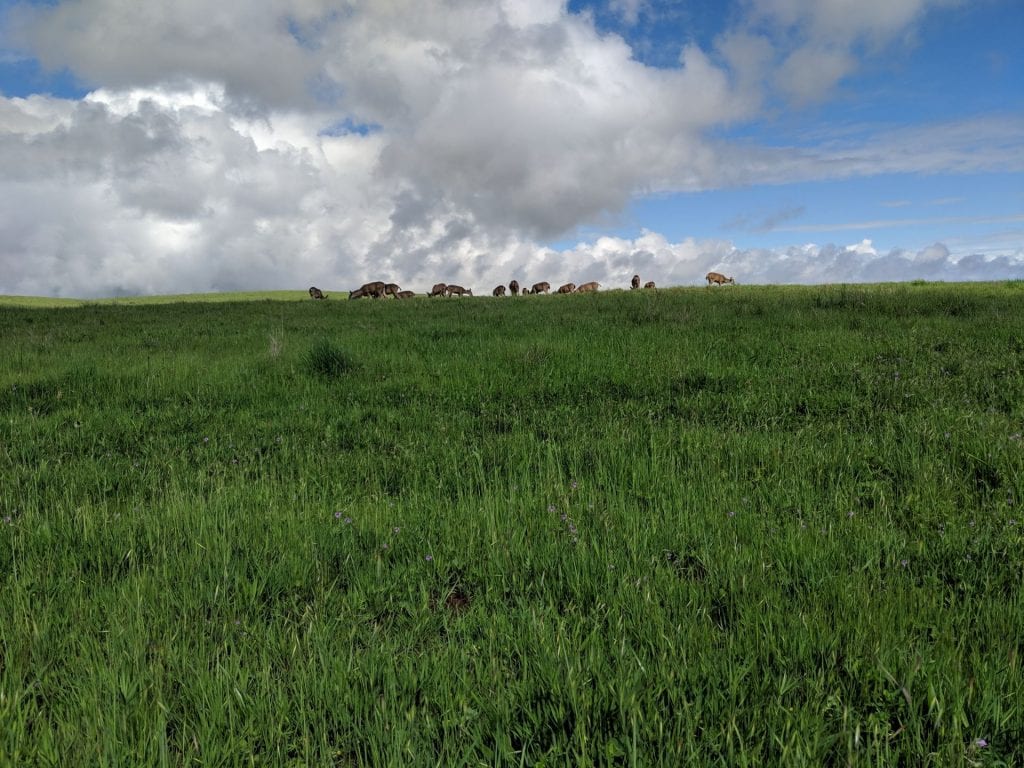
The photo, looking east, was taken from the same location as the one below, which looks south. This is the part of the meadow where the building of a family student complex and a privately operated childcare unit are being contemplated. The UC Regents just signed up on the privatized plan but the story is not over.
